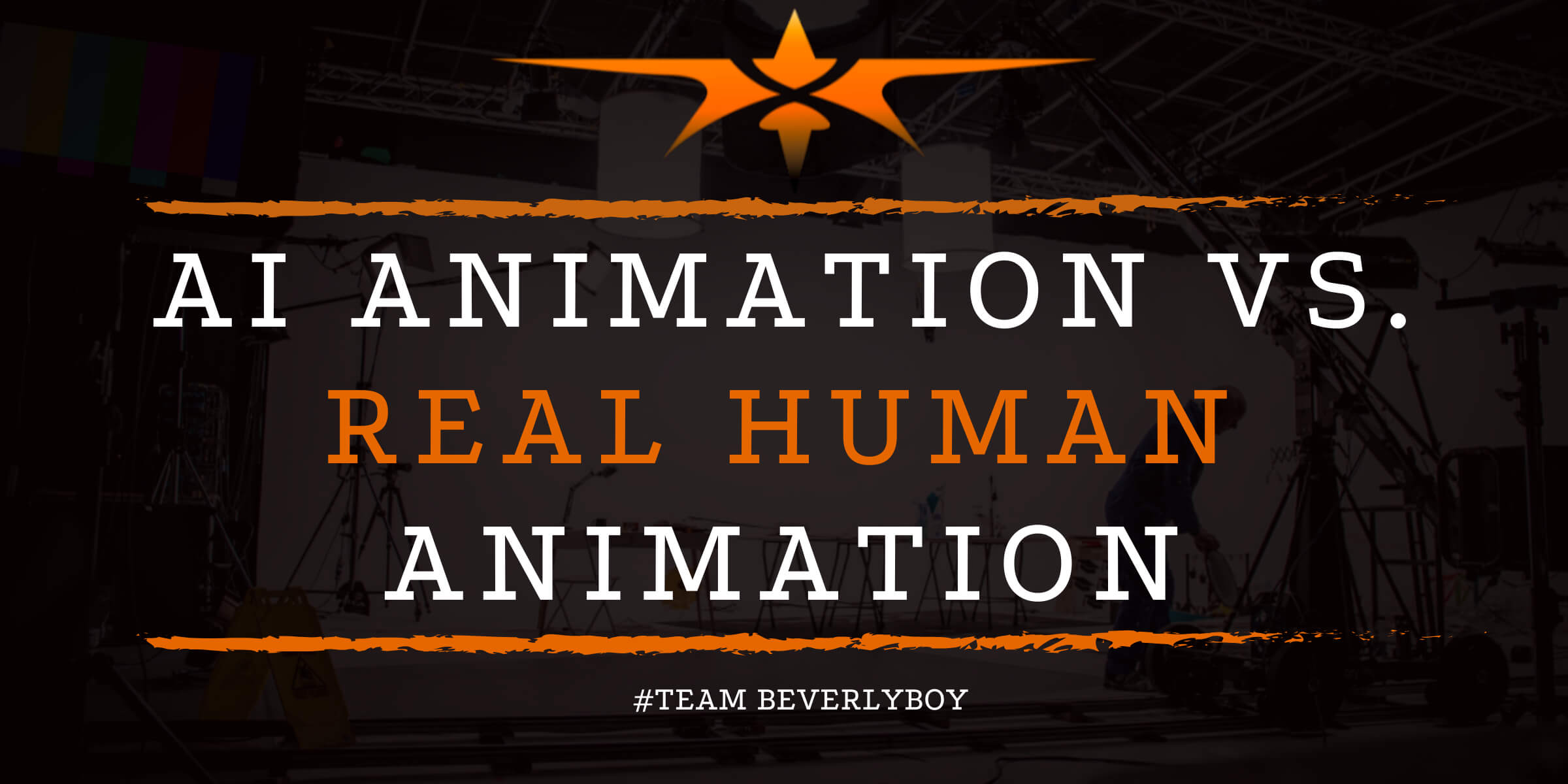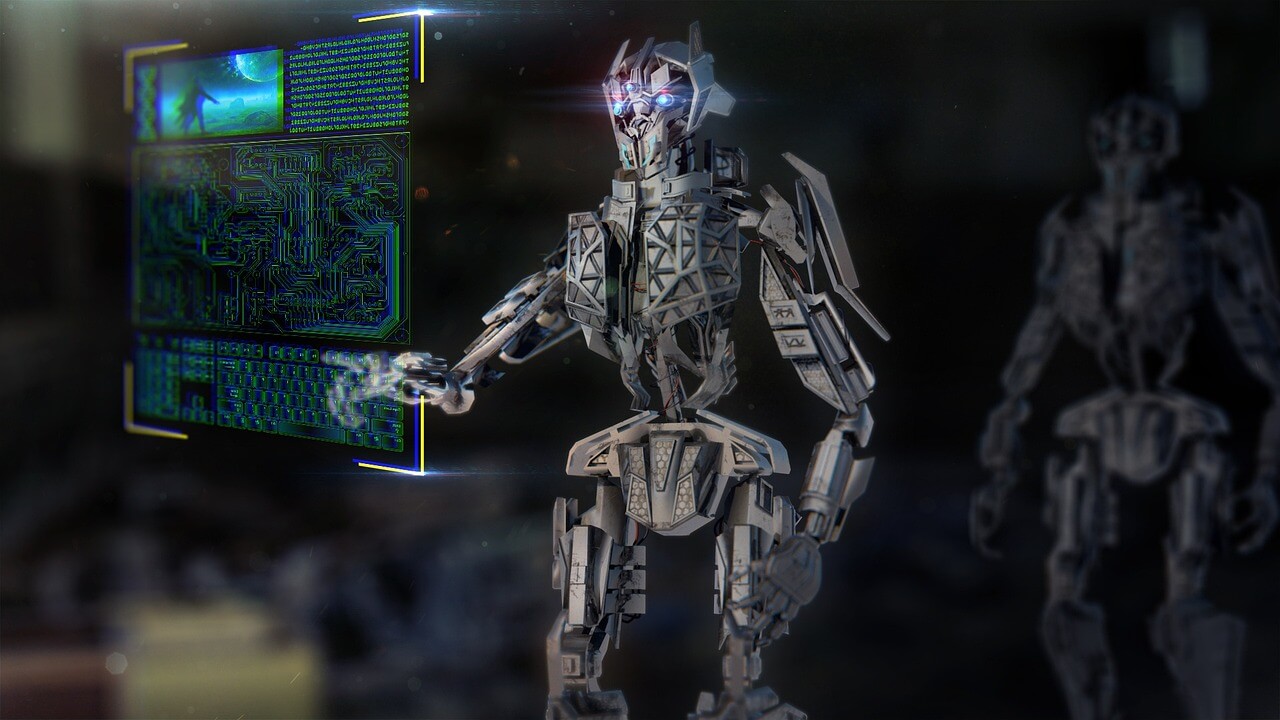
AI Animation vs. Real Human Animation: 3 Effects that Artificial Intelligence Cannot Bring to the Screen
The progression of artificial intelligence in the film industry is certainly something that cannot be overlooked, but will AI animation ever actually replace real human animation? Probably not! The reality is, when we look at AI animation vs real human animation there are a number of elements that artificial intelligence is simply not capable of and as a result, human animation will continue to take center stage as the most creative, artistic, and unique form of animation used in film.
How Human Animators Feel About AI-Generated Animation
When we talk about the use of animation in film, it’s hard not to hear someone discuss AI animation and the impact that artificial intelligence has had on animated films. However, most human animators are not nearly as excited about the use of AI generated animation as those who are less creative or who may not possess professional animation skills. In fact, expert Studio animator Hayao Miyazaki recently made comments about the use of AI technology in the production of an animated film as something he “would never wish to incorporate” into his work.
The question is, is Miyazaki’s response to the use of artificial intelligence in animation in line with that of the rest of the animator’s community? How do other human animators feel about the use of AI generated animation in the film industry?
Opinions, as per usual, seem to vary among animators, but overall the use of AI animation in film is all but a welcomed practice among most animators. It’s not to say that animators do not see the potential benefits of artificial intelligence when producing animated films, but that they, like others, believe that artificial intelligence must be moderated, utilized only for mundane and repetitive tasks, and should not take the place of a human’s creative touch!
Will AI Animation Reduce Demand for Human Animation?
Some animators are concerned that AI animation has the capacity to reduce demand for human animation, a potential fear that many hold across an array of industries where artificial intelligence has become popular. While whether or not AI is going to replace human’s for tasks such as animation or other industry needs remains to be seen, we strongly believe that artificial intelligence is still a very, very long way from replacing humans – especially where animation is concerned. In fact, while there are some potential benefits of AI animation, such as being used as a tool to improve research, reduce the time it takes to create new characters or repeat character creation, or to quickly generate animations that target a specific audience, the potentially lacking qualities of AI animation will continue to represent a driving force toward human animation for the foreseeable future.
3 Effects that Only a Human Animator Can Bring to the Screen
Ask any animator why AI animation isn’t as good as human animation and they’re likely to offer a laundry list of concerns but the most common are going to have to do with the following 3 effects that, really, only a human animator can bring to the screen:
- Creativity
- Emotional depth
- Human intuition
Animators are worried about the impact that artificial intelligence can have on the creativity of new films in the animation industry. Artificial intelligence is simply incapable of delivering the same level of creativity that a human animator can provide for a host of reasons. Not only do human animators draw on their own unique values, backgrounds, and understanding of life and related concepts, but we have a unique ability to process information in a way that results in a particularly creative outcome – AI simply cannot achieve the same goal!
Likewise, animations that are produced by a real animator will remain lightyears ahead of AI animation where creativity, emotional depth, and audience connections are concerned. If not only for the fact that AI cannot have its own emotions nor can it understand the emotions of others (although it may mimic certain emotions, the connections are often clunky and come across as disconnected), then for the pure and simple fact that artificial intelligence tools are the result of the human input that creates them. Not only does AI not have the ability to understand emotions, to deliver emotions, or to create human connections the way an animator does, it is only as good as the input that is provided to it. Meaning, AI animation will always be behind human animation because humans create the processes and underlying elements of the algorithm which AI is built upon.
Another effect that AI animation cannot bring to the screen the way humans can is intuition. It’s almost as if you’re speaking another language. Intuition, according to Wikipedia, is considered, “the ability to acquire knowledge without proof, evidence, or conscious reasoning, or without understanding how the knowledge was acquired.” Intuition is knowledge that humans acquire without having any prior proof or conscious reasoning of such. That intuition is often utilized in animation and portrayed on the big screen in the form of:
- Creating figures or characters that uncover aspects of inner human understanding or connection.
- Building human connection through the delivery of stories and concepts that create “light bulb” moments, deliver the “pit in the stomach” sense, or represent other non-verbal communication cues.
- Transforming ideas into a valuable and tangible creation. Such as when an animator utilizes his or her skills combined with his or her intuition to deliver character concepts that deeply connect with the audience.
So, while machine learning is essential across a number of industries, and is actively utilized for a variety of tasks that are important to animators, in the argument for AI animation vs. real human animation the human animators continue to win! Computer learning, or machine learning, simply cannot replace the quality, connections, and human touch that comes from human animation and the unique life, background, history, intuitions and emotions of the animator.





